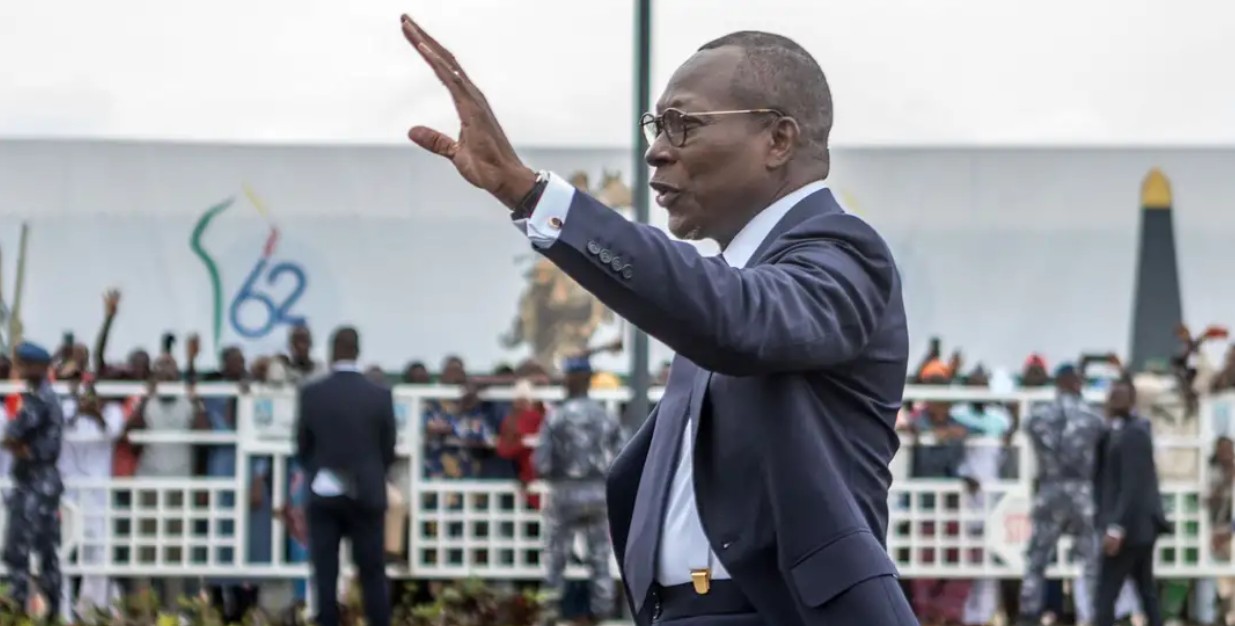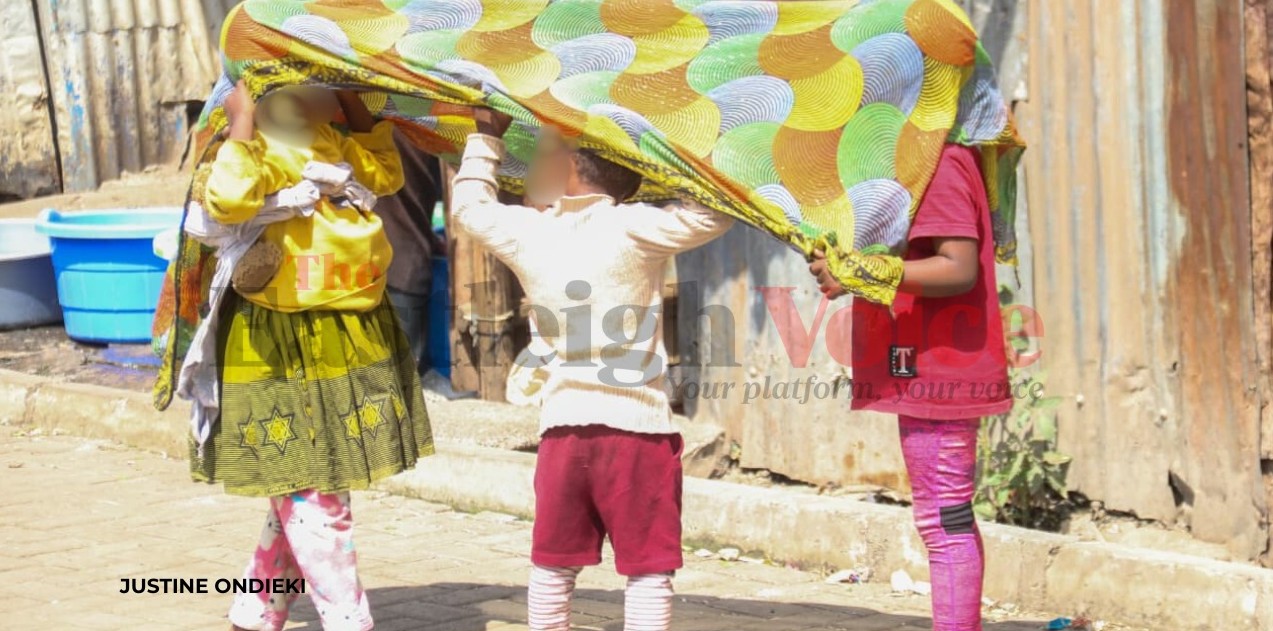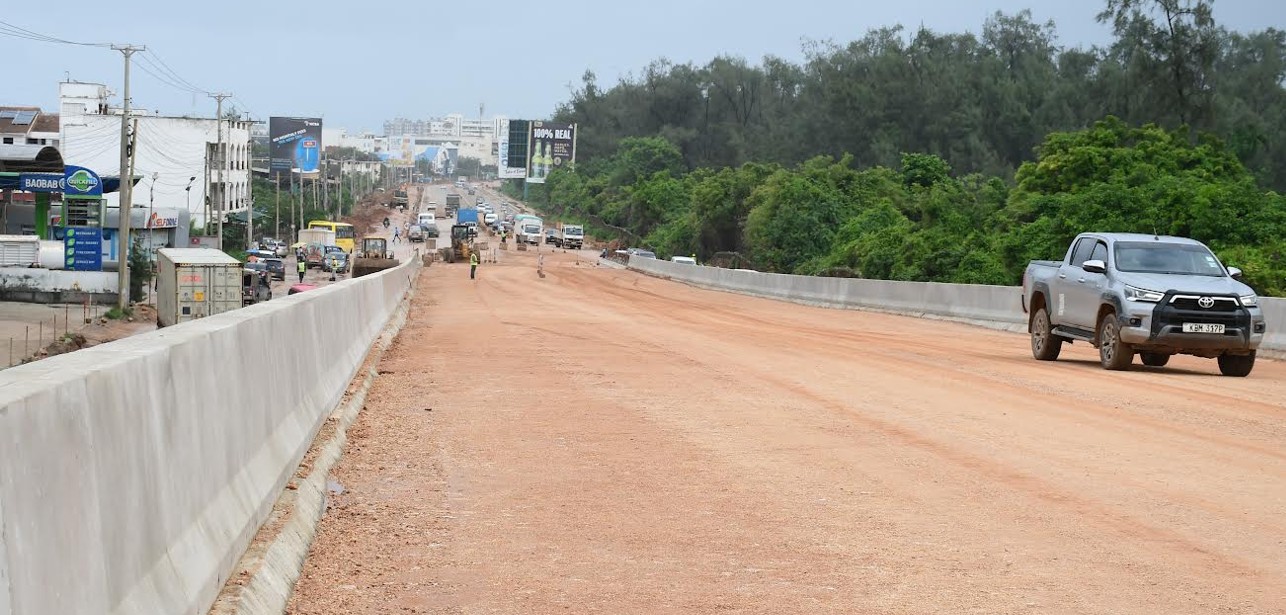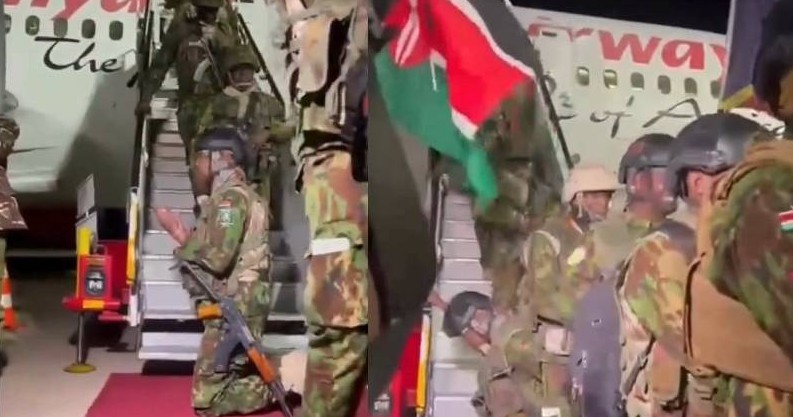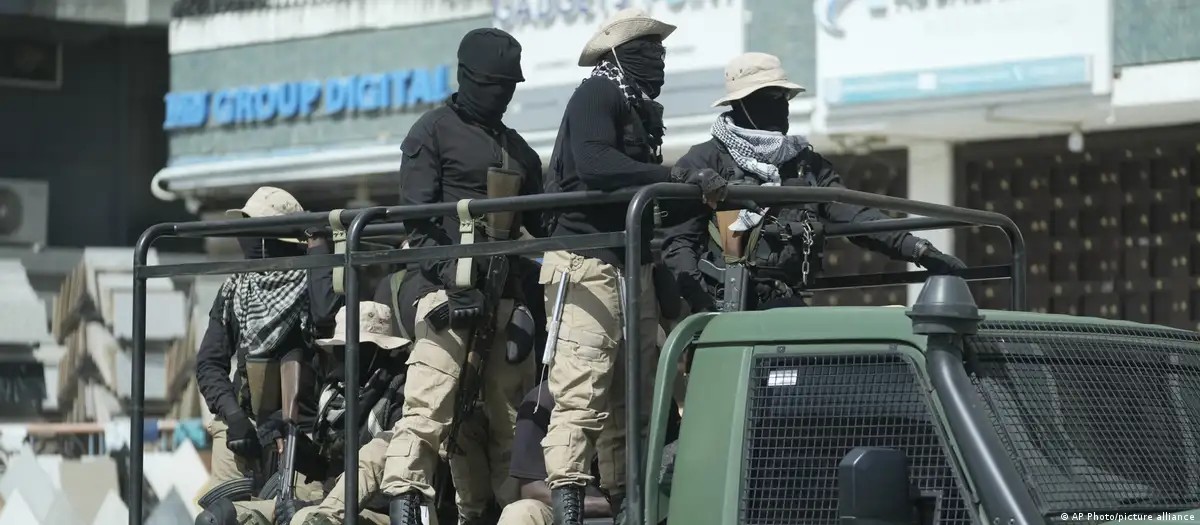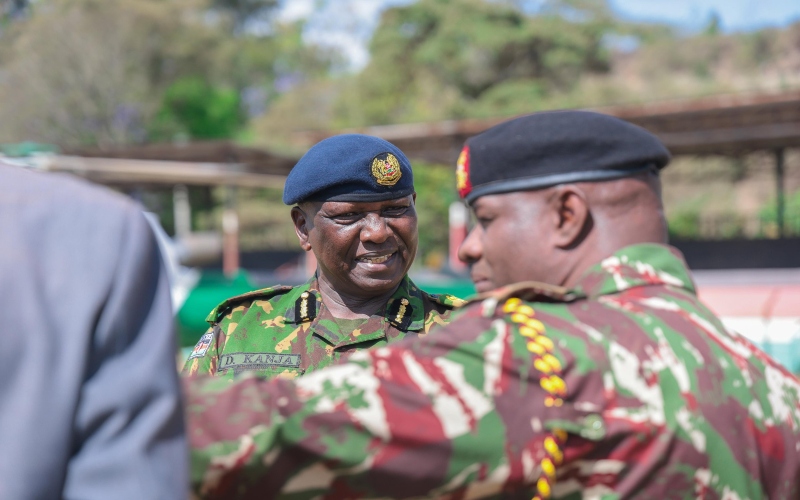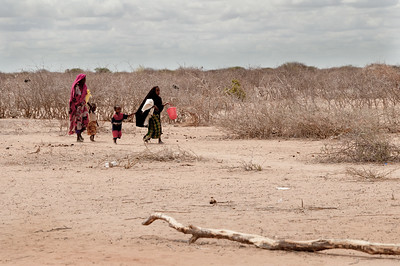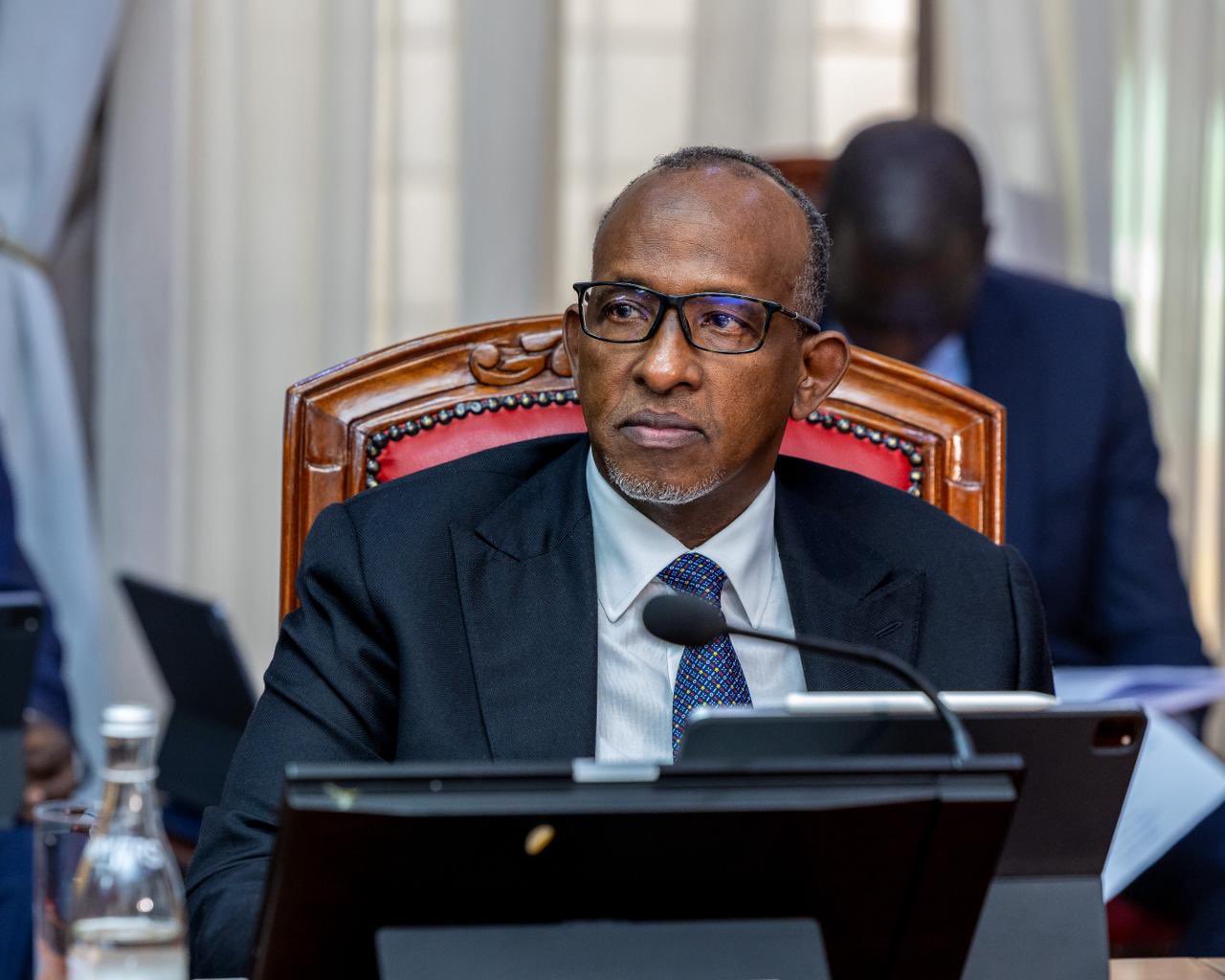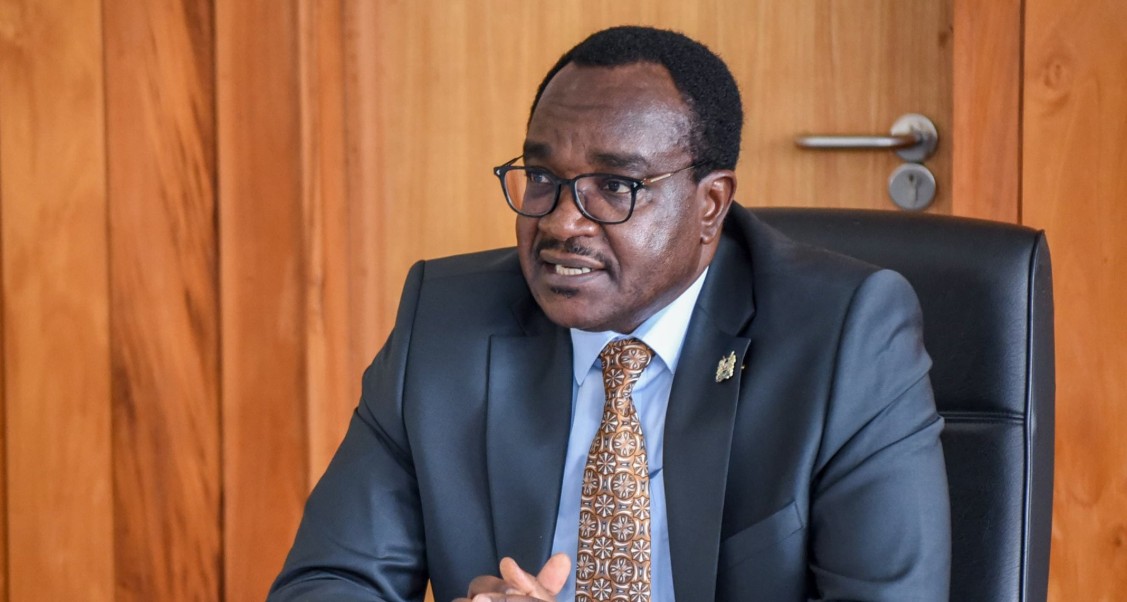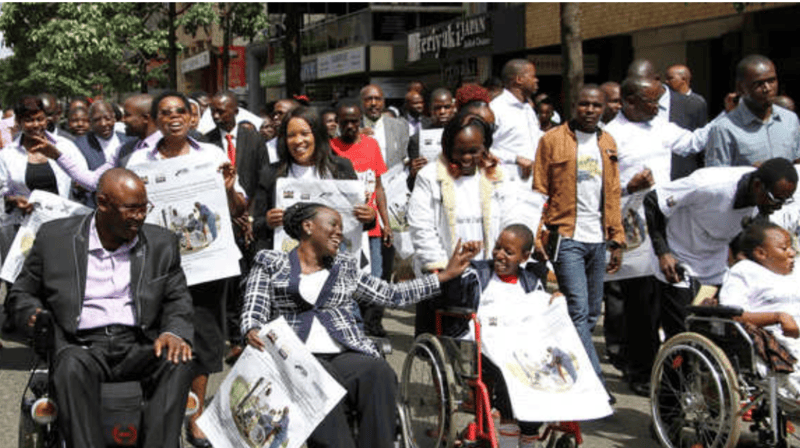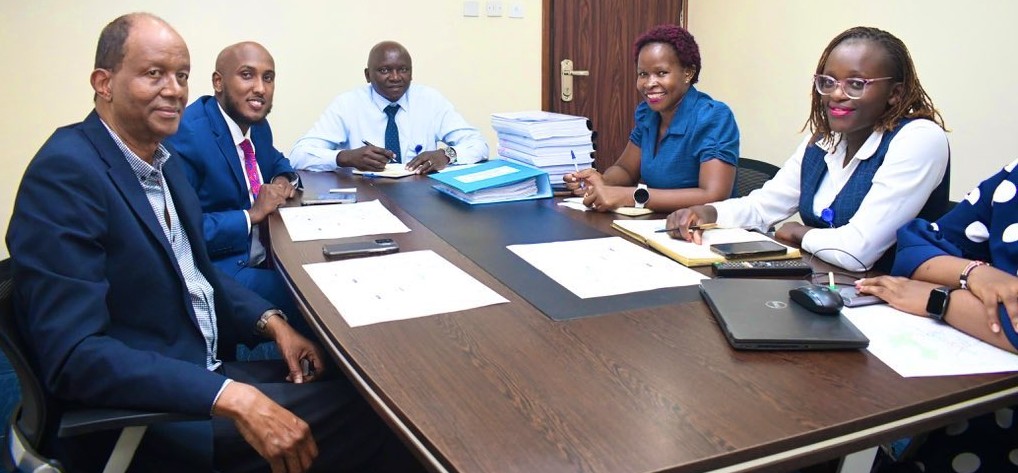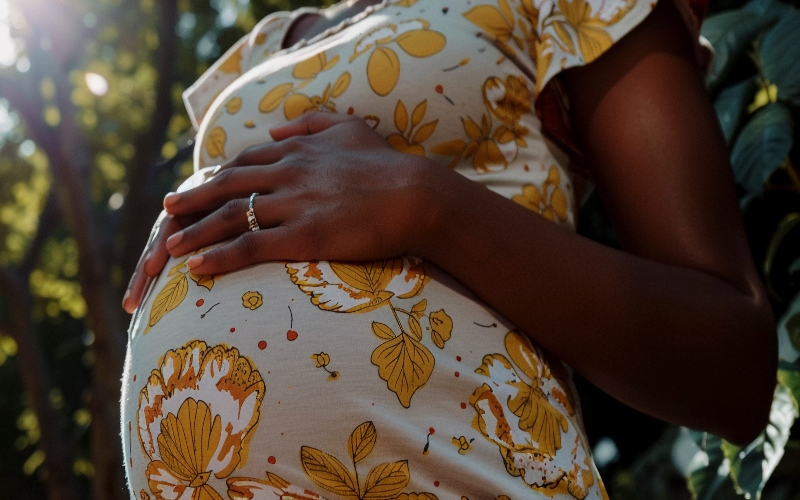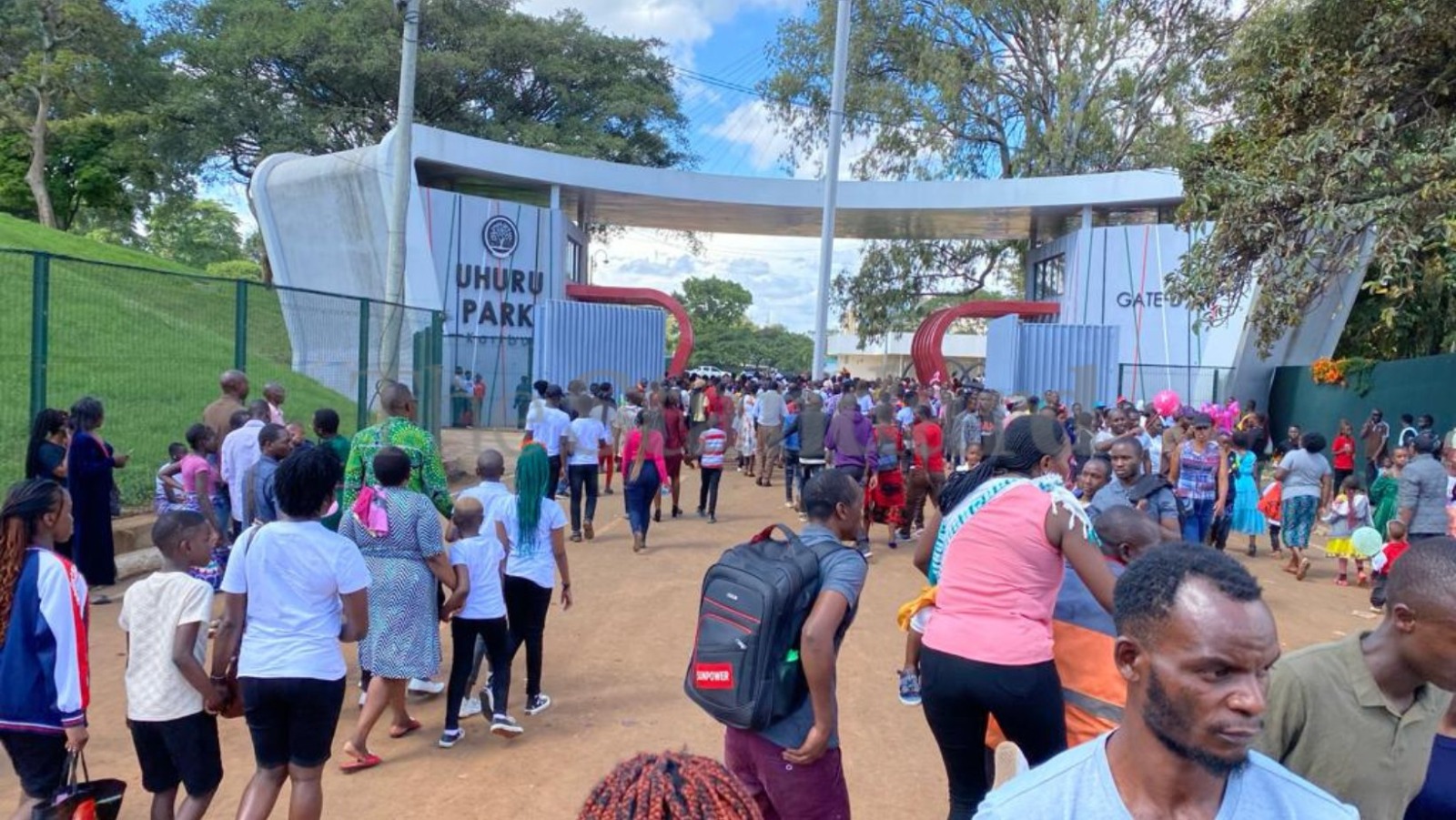Book offers fresh insights into history, origin of coastal people
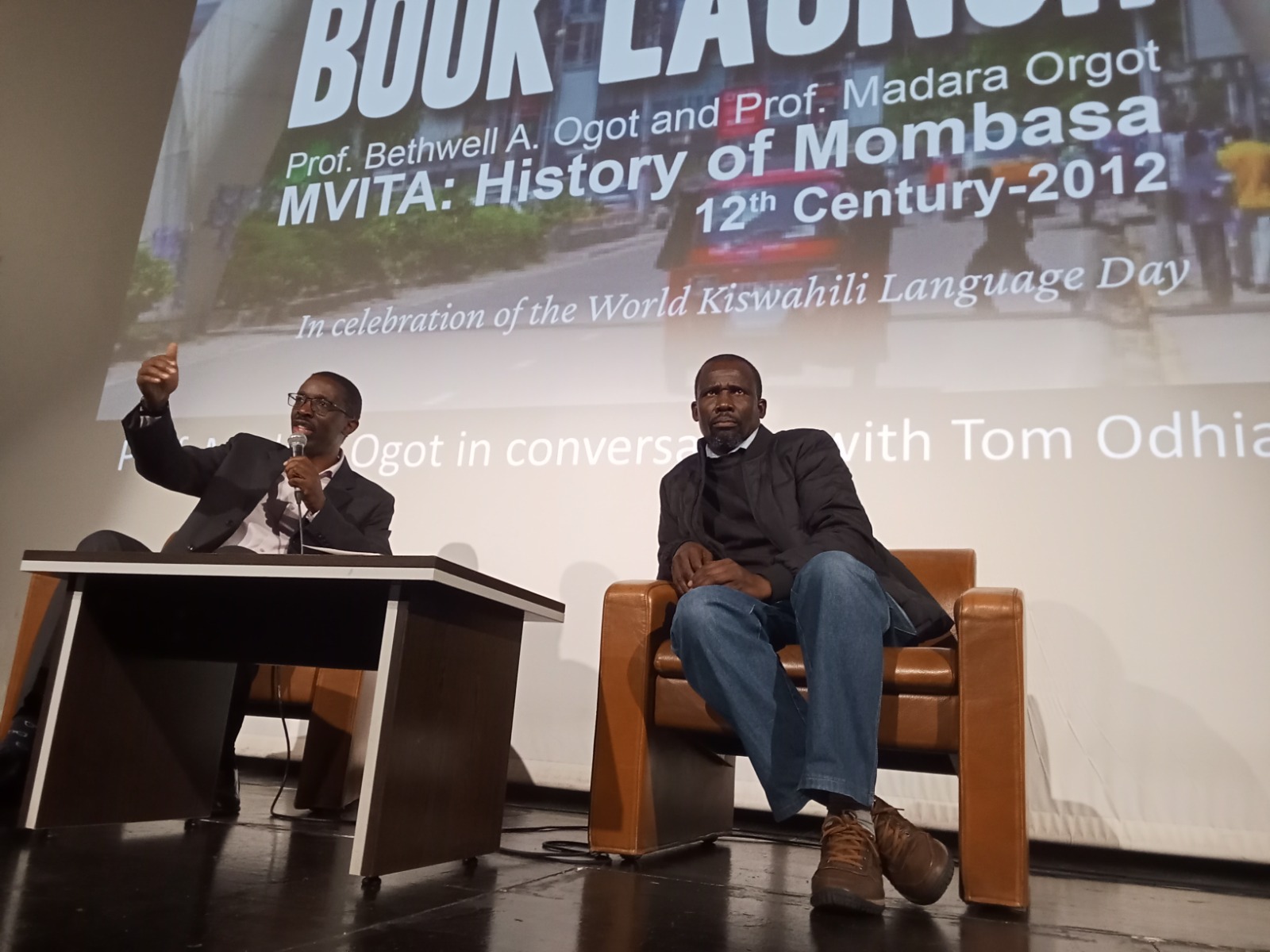
Photographs in the book bring to life the narrative of the coastal city’s evolution over the past nine centuries
On the evening of July 17, something big happened at the Alliance Française in Nairobi. While coastal kangas or lesos were embedded inside the artistic walls of the city’s imposing arts and culture venue, the sound of the coastal Taarab music gripped the air as the debate on the newest book about the history of Kenya’s coastal people went underway.
The event marked the launch of the book published by Anyange Press titled Mvita: History of Mombasa 12th Century – 2012 by renowned professor of history Bethwel Ogot and his son, Prof Madara Ogot.
Historians, archivists, scholars, and Swahili enthusiasts packed the auditorium and listened as Madara and the University of Nairobi’s Prof Tom Odhiambo led a panel of discussion on the book.
“People should write their own history so that others do not write it for you. That is why we decided to write the book,” said Ogot.
He explained that it is through delving into the history of Kenya’s earliest urban centres that the current generation can learn about their marvellous origins that are intertwined with the history of the country.
“There are a lot of new insights in our book about Mombasa that have not been recorded elsewhere. We have delved deeply into the origins of all the coastal people but also how Arabs and Europeans landed in the area,” Ogot said.
Odhiambo, an avid scholar, book reviewer, and literary critic explained that this is not only the latest book on Mombasa but also the most authoritative.
While writing and researching about the origins of Mombasa, the Ogots bring out the significance of the Swahili people.
“These communities formed the earliest settlements on the Coast. But Mombasa was connected to other major settlements like Malindi and Zanzibar, which meant that it had a heavy influence from the Arab world, as reflected in the role of and rule by the Shirazis and Mazruis,” said Odhiambo.
It is because of this Arab connection that the politics, cultures, religions, and economics of Mombasa are partly tied to those of the Gulf.
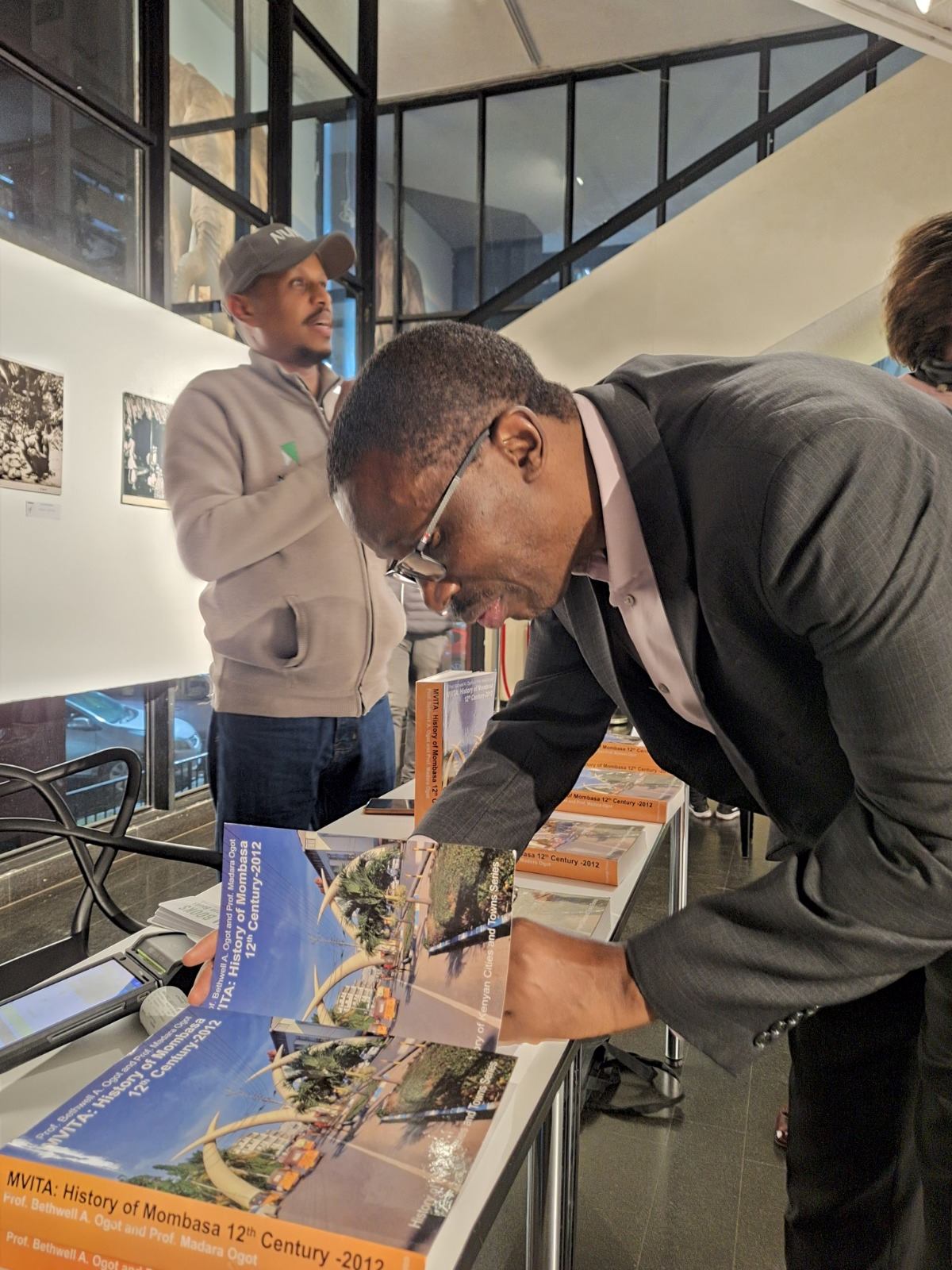 Nuria Bookstore founder Abdullahi Bulle (left) looks on as Prof Madara Ogot autographs his new book, "Mvita: History of Mombasa 12th Century -2012" at the Alliance Francaise on July 17.
Nuria Bookstore founder Abdullahi Bulle (left) looks on as Prof Madara Ogot autographs his new book, "Mvita: History of Mombasa 12th Century -2012" at the Alliance Francaise on July 17.
During the discourse that had a question and answer session, it was surprising to learn that Mombasa was once a colony of Zanzibar.
“Yet, to speak of Mombasa is to talk about the mix of people who have not just ruled the city but also left a significant cultural imprint on its life,” Odhiambo said.
Mombasa has a heavy Arabic influence as can be seen in the mosques, dressing, food, and architecture. But it is also a city of the Mijikenda, the local communities that have bequeathed its cuisines, language, and culture.
It also came out that the politics of Mombasa revolves around the stakes the descendants of the three core communities that settled in the coastal city – the Swahili, Arabs, and Mijikenda – have.
Why did Ogots have to call their book Mvita?
This is because Mombasa was once “mji wa vita” (the city of war). The Arabs once ruled Mombasa, the Portuguese ruled Mvita, and the British colonised the city. Today, these former rulers have a stake in the city.
Some are landowners – one of the most contentious issues in Mvita. Others own businesses such as shipping, exports, and imports, connecting Mombasa to the rest of the world. The hotel and tourism sector illustrates how Mombasa remains part of a global network of businesses.
The history of Mombasa remains relevant for many reasons.
First, the survival of Mombasa demonstrates its resilience. Its people, especially the Swahili and Mijikenda, have endured foreign domination, some of it violent, others benevolent, and lived to tell the stories.
Fort Jesus, for instance, is celebrated as a big part of Mombasa’s heritage. Yet, it is a symbol of Portuguese rule, a rule that was not kind to locals. The city may have had its share of politically motivated and gang violence, but it is not for nothing that it is referred to in popular parlance as “Mombasa Raha” – a city of happiness.
Second, the city remains key to trade in East Africa. Through its port, goods arrive from different parts of the world destined for Kenya’s neighbours. Mombasa supplies much of Eastern Africa with oil, medicine, houseware, cement, salt, cars, and furniture. Even though Dar es Salaam is on the rise, Mombasa is still the port of reference in the East African Community.
A large collection of photographs in the book brings to life the narrative of the coastal city’s evolution over the past nine centuries, one of violent conquest by the Arabs and Portuguese, colonisation by the British, and the trials, tribulations, and successes after independence.
Abdullahi Bulle, the founder of Nuria Books, a bookstore that deals majorly with African books, was excited about the book’s launch.
“The book reveals to the reader how the city was planned, the history of some of its architecture, the mix of races and religions, the significance of some political figures, and the city’s understated connection to the rest of the world. I believe the book will provoke Kenyans to write more about the city’s politics, economics, culture, religions, and tourism,” Abdullahi said.
Top Stories Today
